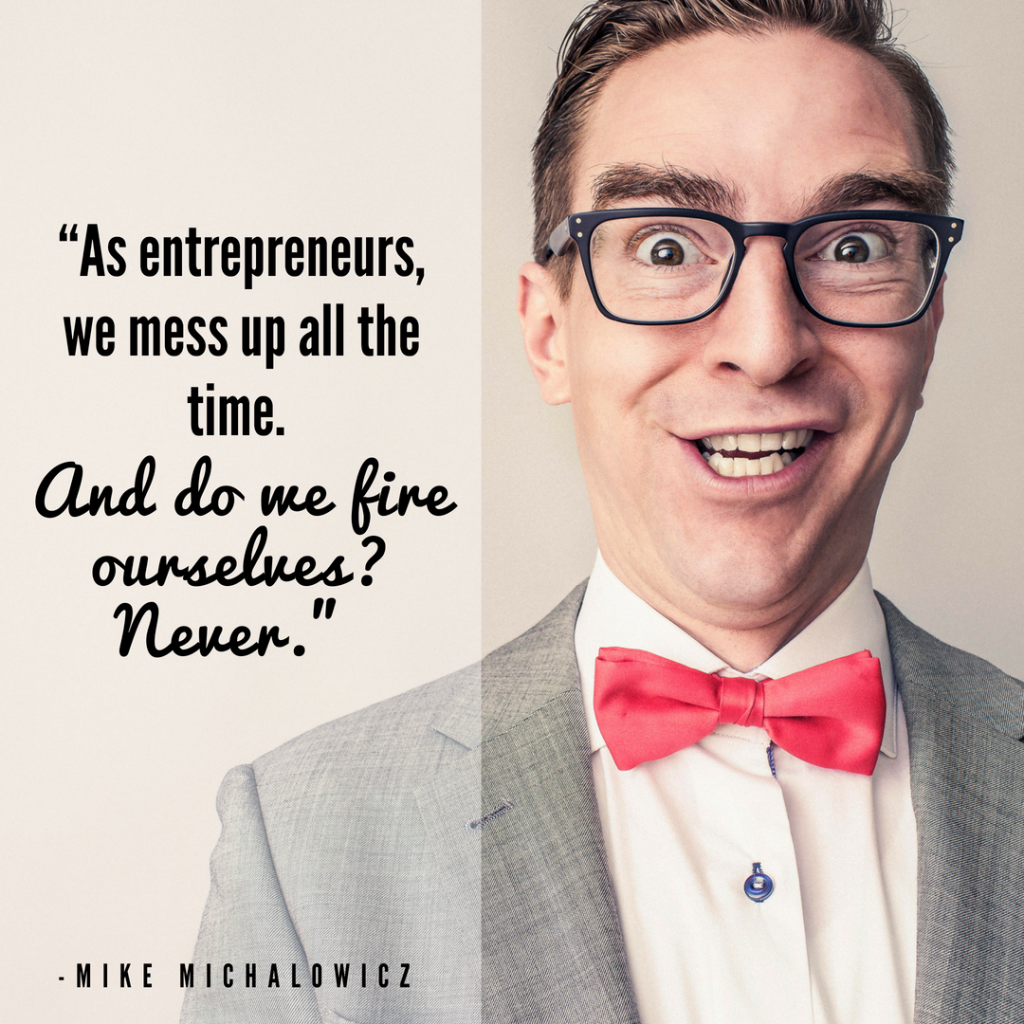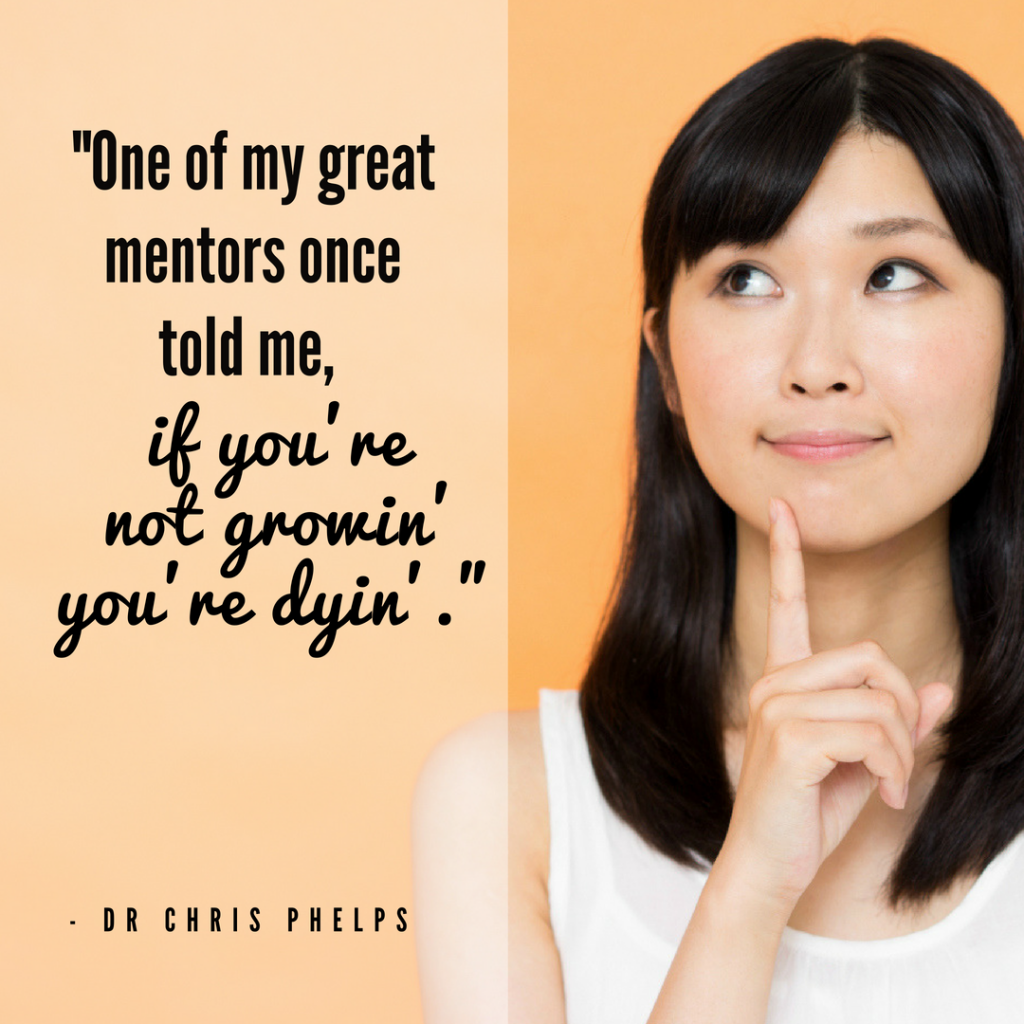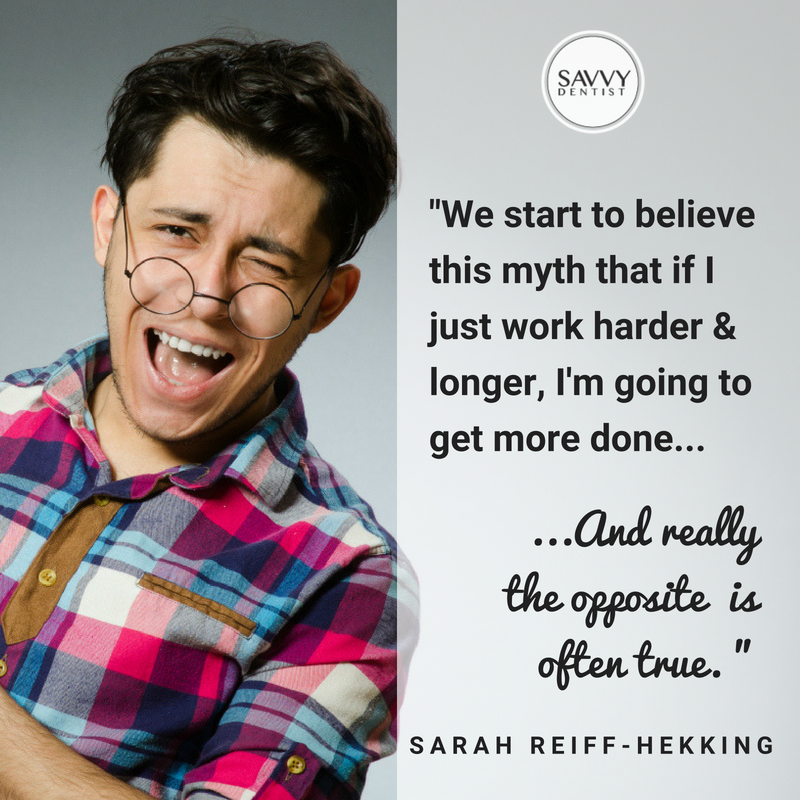In this world, there are two currencies: money and time.
Money can grow near infinitely. Time, on the other hand, is the only resource that isn’t renewable. It cannot be replenished. Once it’s gone, it’s gone.
The purpose of this blog is to create a business and a life you love!
But often, the life piece of the equation gets lost because we become consumed with delivery, or sales, or profits.
In fact, the $64 million question I hear all the time is, “How do I know when to change gears? I’m stuck in delivery. I’m afraid that if I’m not delivering, it will all fall apart. How do I get off this treadmill to create more time?”
Even though many business owners can see the goal of creating more free time as doable, the irony is often that we invest more time – we grind even harder – to create a successful business. So many entrepreneurs try to scale their business through more effort and time on the tools. The problem is that eventually, you will plateau. A person can only work so hard. You will hit a level where you can’t work any harder. You will likely begin to feel burnt out… And the business will slow down.
If we’re staying stuck in this cycle of working harder/plateau, then nothing will change. This is a pattern we’ll maintain to the end of our lives. And if we’re not happy today, we won’t be happy then, either.
The key is to work toward a business that prioritizes not just profit, but time.
The Entrepreneur’s Hierarchy of Needs
There is a hierarchy of needs for entrepreneurs and businesses much like Maslow’s Hierarchy of Needs.
It looks just like a pyramid. The foundational level is sales. Every business needs sales. Sales bring in the cash and cash is like oxygen to a business.
The next level in the pyramid is profitability – the nourishment. The food and water. This is a step up from sales.
Once a business has a consistent flow of profitability, the next level of the pyramid becomes time. Time equals freedom. Time gives entrepreneurs the ability to do what they want, when they want, in both their business and in creating a lifestyle.
If you don’t have the first two stories of the pyramid in place, you will struggle to create the time you wish.
However, if you’ve plateaued at sustained profitability and you’re wondering how to create more space and time around yourself to enjoy your accomplishments, here are a few suggestions to consider.
Make small changes that will stick.
When I’m excited about a new idea, I’m guilty of throwing myself into it head over heels. Often, this isn’t the right approach. Making big changes in your life – whether that’s personally or professionally – can often be best accomplished when they’re done in small steps.
Just like overhauling your diet and exercise regime on January 1st to meet your resolution to ‘get healthy’ is quickly abandoned for being ‘too hard’, the same can happen when you decide to make changes to your business.
Massive changes are bound to fail because they’re too abrupt. Ease into these changes and see what works for you and what doesn’t. Each business is different. Instead of hiring 5 new employees to help you free up time, try hiring one person to take on a very segmented piece of your business. Perhaps you hire someone to handle your insurance claims.
Once that is working, consider finding another piece of your business you can hand off and go from there.
“Trying to do it all in one fell swoop leads to that Oh-My-God moment. How do I do this? And then you risk retreating back to what you know.” —Dr. Jesse Green
Recognize that you’re not great at everything.
As entrepreneurs, we often have to wear all the hats. From dentist to receptionist to accountant to marketer, it tends to fall on our shoulders. Just because we can do everything, doesn’t mean we should.
I’ve found in my time that most people have something that they’re innately good at. This is true for business owners and entrepreneurs and dentists alike. The key is to focus your effort on what you’re best at.
If you’re a rainmaker and you love networking and bringing in new business, maybe it’s time to consider finding clinicians that love treating patients. If you love treating patients, maybe it’s time to find someone who can be the smiling face of the business while you focus on technical and medical excellence.
This can be a great way to target your small changes. What tasks are worth moving to someone else’s plate?
Learn the right way to delegate.
At the end of the day, the only way you will create more time for yourself as a business owner is to delegate. However, the vast majority of businesses will likely never surpass hiring two or three employees. This is often because the business owner hasn’t learned how to successfully delegate tasks.
It starts with getting over our own ego. When our business is our brainchild, it can be hard to let go of the feeling that we know best. We have this idea that we know our own business so intimately, that no one else can match our skillsets. But when we believe something is true, we make that belief a reality. Subconsciously, we might not be making the space for our employees to succeed.
And when they inevitably fail, it gives us the excuse to take back the reins. And then we’re back where we started wearing all the hats and with no time.
But it’s important to realize that mistakes are learning opportunities. As entrepreneurs, we’ve likely made our own fair share of them in our time. Our employees will too. And that’s okay.
In fact, it’s expected.
Giving our employees the space to fail empowers them to own their own work – which ultimately frees up time from you. Now you have a piece of the business you no longer have to worry about.
Final Words…
Everyone starts a business with one singular goal in mind: freedom. Whether that’s financial freedom or the freedom of time, creating a self-sustaining business is a worthwhile pursuit.
Let your business become the key to your freedom.
P.S. Whenever you’re ready …. here are 4 ways I can help you grow your dental practice:
- Grab a free chapter from my book “Retention – How to Plug the #1 Profit Leak in Your Dental Practice”
The book is the definitive guide to patient retention and how to use internal marketing to grow your practice – Click Here
- Join the Savvy Dentist community and connect with dentists who are scaling their practice too
It’s our Facebook group where clever dentists learn to become commercially smart so that they have more patients, more profit and less stress. – Click Here
- Attend a Practice Max Intensive live event
Our 2 day immersive events provide access to the latest entrepreneurial thinking and actionable strategies to drive your practice forward. You’ll leave with a game plan to take your results to the next level. If you’d like to join us, just send me a message with the word “Evou’d like to work directly with me and my team to take your profit from 6 figures to 7 figures …. just send me a message with the word “Private”… tell me a little about your practice and what you would like to work on together, and I’ll get you all the details! – Click here













